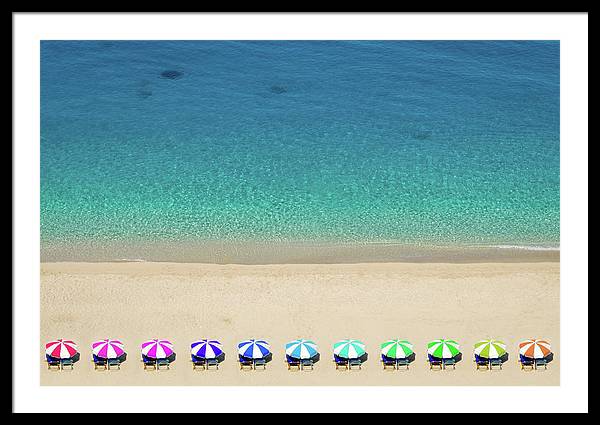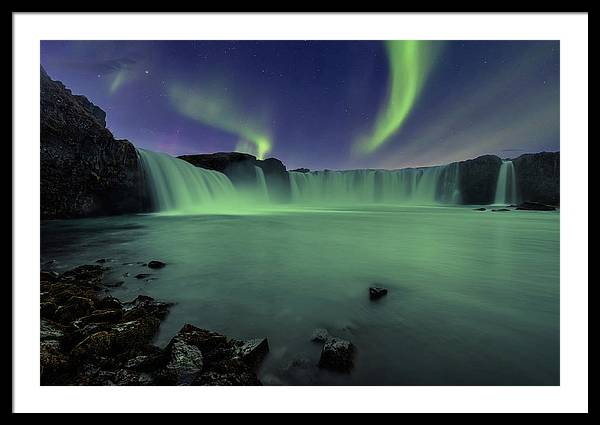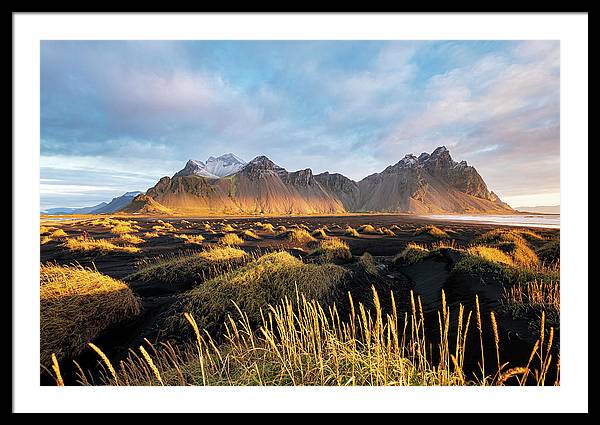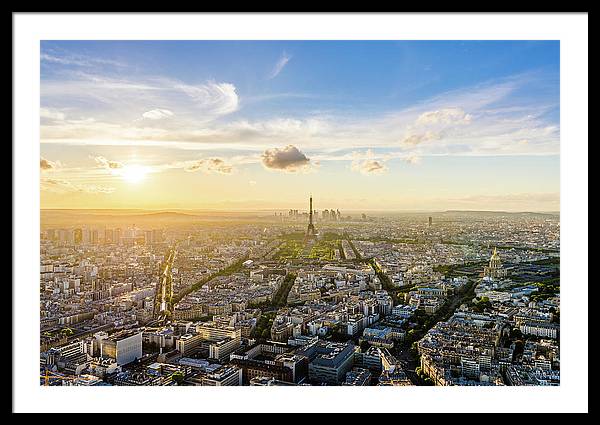Common Tripod Mistakes Photographers Make

Using a tripod is essential for achieving sharp and steady images, but many photographers unknowingly make mistakes that can compromise their results. In this blog post, we will discuss some common tripod mistakes and how to avoid them.
Getting a cheap tripod
Investing in a quality tripod is crucial for stability and durability. Cheap tripods often lack stability and can cause vibrations, leading to blurry images. It’s worth investing in a sturdy tripod that can support your camera and lens weight.
Extending the center column
The center column of a tripod is meant for fine adjustments, not for extending to its maximum height, unless necessary. Extending the center column can introduce instability and make the tripod more prone to vibrations. Instead, adjust the tripod legs to achieve the desired height.
Extending the bottom sections first
When setting up a tripod, it’s important to extend the upper sections of the legs first before extending the bottom sections. Starting with the bottom sections can make the tripod less stable and increase the risk of it toppling over, especially in windy conditions.

Not leveling the tripod
A level tripod is essential for achieving straight horizons and properly aligned compositions. Neglecting to level the tripod can result in tilted or distorted images. Most tripods come with built-in bubble levels or you can use a separate leveling tool to ensure your tripod is perfectly level.
Not using a remote shutter release or self-timer
Pressing the camera’s shutter button manually can introduce camera shake, even when using a tripod. To avoid this, use a remote shutter release or the camera’s self-timer function. These methods allow you to trigger the shutter without physically touching the camera, minimizing the risk of blurriness.
Not cleaning the tripod
Over time, dirt, sand, and debris can accumulate on the tripod legs, causing them to become stiff or uneven. Regularly cleaning your tripod, especially after shooting in sandy or dusty environments, will help maintain its smooth operation and extend its lifespan.
Conclusion
By avoiding these common tripod mistakes, you can ensure better stability, sharper images, and overall improved photography results. Remember to invest in a quality tripod, use it correctly, and keep it clean to get the most out of this indispensable tool. Happy shooting!








